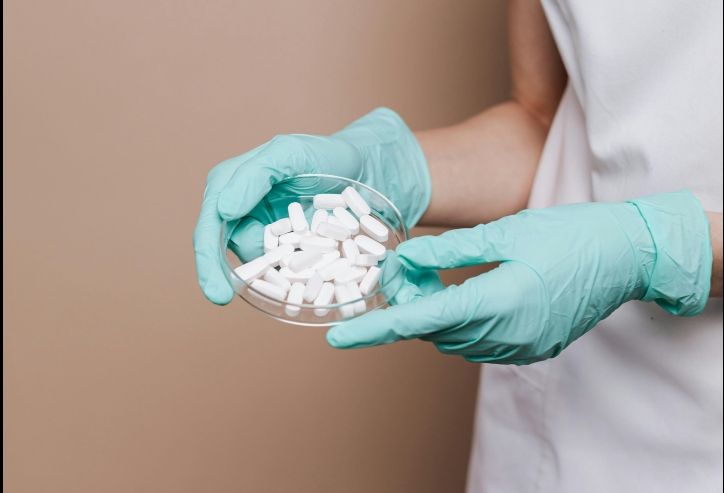Antibiotics destroy bacteria, but infections that persist after treatment currently cause over a million deaths annually. Antibiotic resistance has become one of the biggest challenges facing humanity. With no new antibiotics developed for decades, scientists have turned to AI (artificial intelligence) to create drugs to combat resistant superbugs.
And AI has developed two new potential antibiotics that could eliminate drug-resistant gonorrhea and Methicillin-resistant Staphylococcus aureus (MRSA), a type of bacterium that lives harmlessly on the skin but can cause serious infections if it enters the body.
The drugs were created from scratch by AI and have proven capable of eliminating superbugs in laboratory tests and on animals, announces the Massachusetts Institute of Technology (MIT), heralding the beginning of a "second golden age" in antibiotic discovery.
However, these two compounds developed by AI still require years of refinement and rigorous clinical studies before they can be used in human treatments.
Researchers had previously used AI to search among thousands of known chemical substances in an attempt to identify ones with the potential to become new antibiotics, but now the MIT team has gone a step further by using generative AI to design completely new antibiotics for sexually transmitted infections and potentially fatal MRSA infections.
Researchers trained the AI by providing it with the chemical structure of known compounds, along with information on their ability to slow the growth of various bacterial species.
After synthesis, several concepts were tested on bacteria in the laboratory and on infected mice, resulting in two new potential antibiotics.
"We are excited to demonstrate that generative AI can be used to design entirely new antibiotics. AI allows us to discover new molecules cheaply and rapidly, expanding our arsenal and giving us a real advantage in the fight against superbug genes," said James Collins, professor of Biomedical Engineering and Medical Sciences at the Institute of Medical Engineering and Science (IMES) at MIT.
The two winning formulas appear to act through new mechanisms that disrupt bacterial cell membranes.
However, the drugs are not yet ready for clinical trials and require an additional refinement stage, estimated at between one and two years, before the lengthy process of testing on human subjects can begin. Furthermore, there is no guarantee that the experimental drugs will ever be prescribed to patients, as stated in a report published in the journal Cell.

